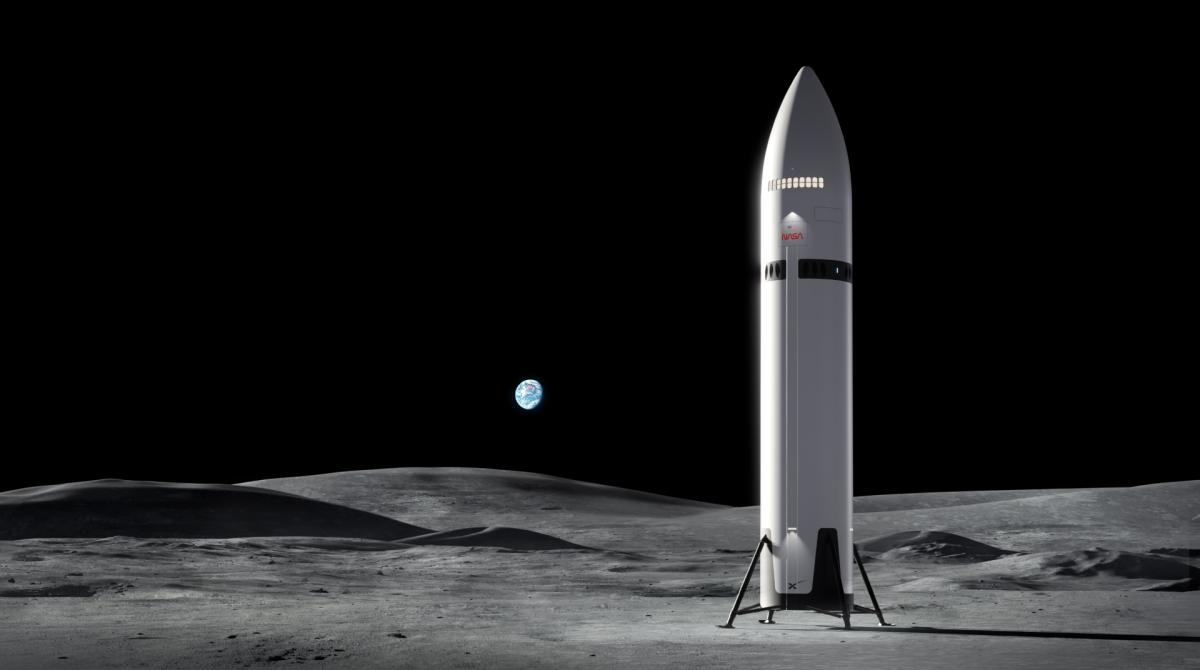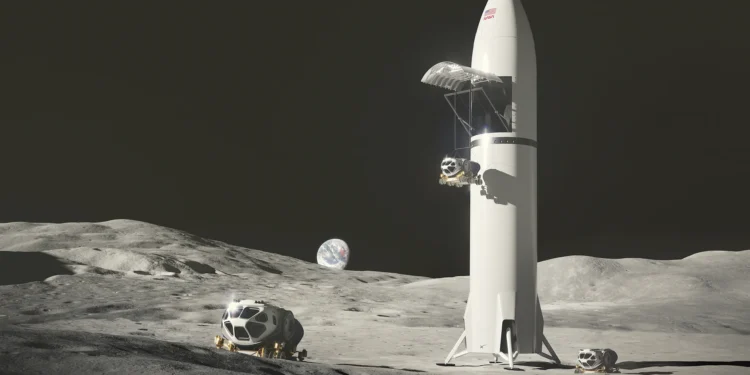In a groundbreaking collaboration that could redefine moon travel, NASA has pivoted from traditional to private-sector spaceflight partners, roping in SpaceX to potentially transport the next generation of lunar vehicles. This strategic move may see a Toyota-built moon buggy hitching a ride to space aboard a SpaceX rocket—an alliance that marries automotive and aerospace ingenuity.

NASA’s Bold Turn to Private Aerospace
NASA’s ambition to return to the moon has encountered significant hurdles with delays and budget overruns plaguing the Space Launch System. These setbacks have compelled the American space agency to reconsider its strategy, turning to private companies like SpaceX and Blue Origin to spearhead a new era of lunar exploration.
Elon Musk’s SpaceX, known for its visionary projects and efficient delivery systems, is at the forefront of this new phase. With a targeted goal for 2029, SpaceX plans to deliver substantial cargo, including vital infrastructure for a future moon base and a modern lunar vehicle, to the moon’s surface.
The Toyota Connection: A New Lunar Cruiser
While SpaceX has previously dazzled the world by sending a Tesla Roadster into space, the spotlight this time is on a different vehicle manufacturer. In a twist of fate, it’s Toyota, not Tesla, that’s preparing to make lunar history. Partnering with the Japan Aerospace Exploration Agency (JAXA), Toyota is developing a pressurized rover known affectionately as the “Lunar Cruiser,” a nod to its terrestrial counterpart, the Land Cruiser.

The Lunar Cruiser, unveiled in 2019, has evolved into a sophisticated project. This future moon vehicle is designed to offer astronauts the mobility needed to navigate the lunar surface effectively. Spanning about 19 feet in length and 16 feet in width, it provides a spacious environment for two astronauts, complete with 459 cubic feet of pressurized space, ideal for housing all necessary space exploration equipment.
A New Drive on the Moon: Hydrogen Power in Space
Toyota’s innovation extends to the rover’s power source—a hydrogen fuel cell system derived from the technology used in the Toyota Mirai. This eco-friendly powertrain promises efficiency and sustainability, a critical factor in the harsh lunar environment.
Looking Ahead: The Road to 2032
As per current plans, SpaceX’s delivery of the Lunar Cruiser to the moon is slated for no earlier than 2032. This timeline reflects both the complexities of space travel logistics and the thorough testing and development processes that ensure safety and functionality.

This collaboration between SpaceX and Toyota, under NASA’s oversight, represents a bold leap toward sustainable lunar exploration. As private enterprises take on more significant roles in space travel, the integration of automotive technology in spacecraft design opens new possibilities for exploration technologies.
The potential success of the Toyota Lunar Cruiser could pave the way for more advanced, reliable, and efficient lunar travel solutions, marking a new chapter in humanity’s quest to conquer and explore space.










